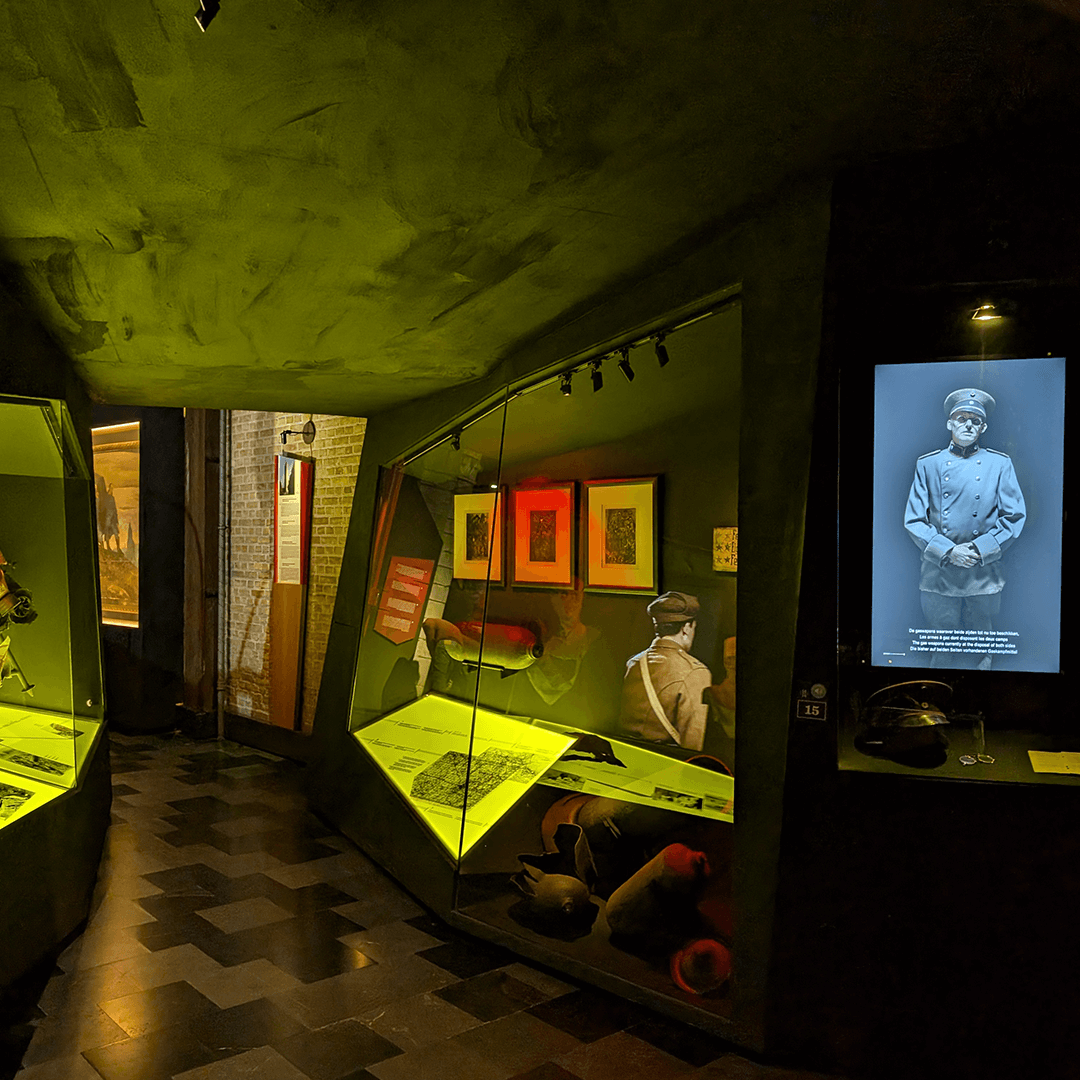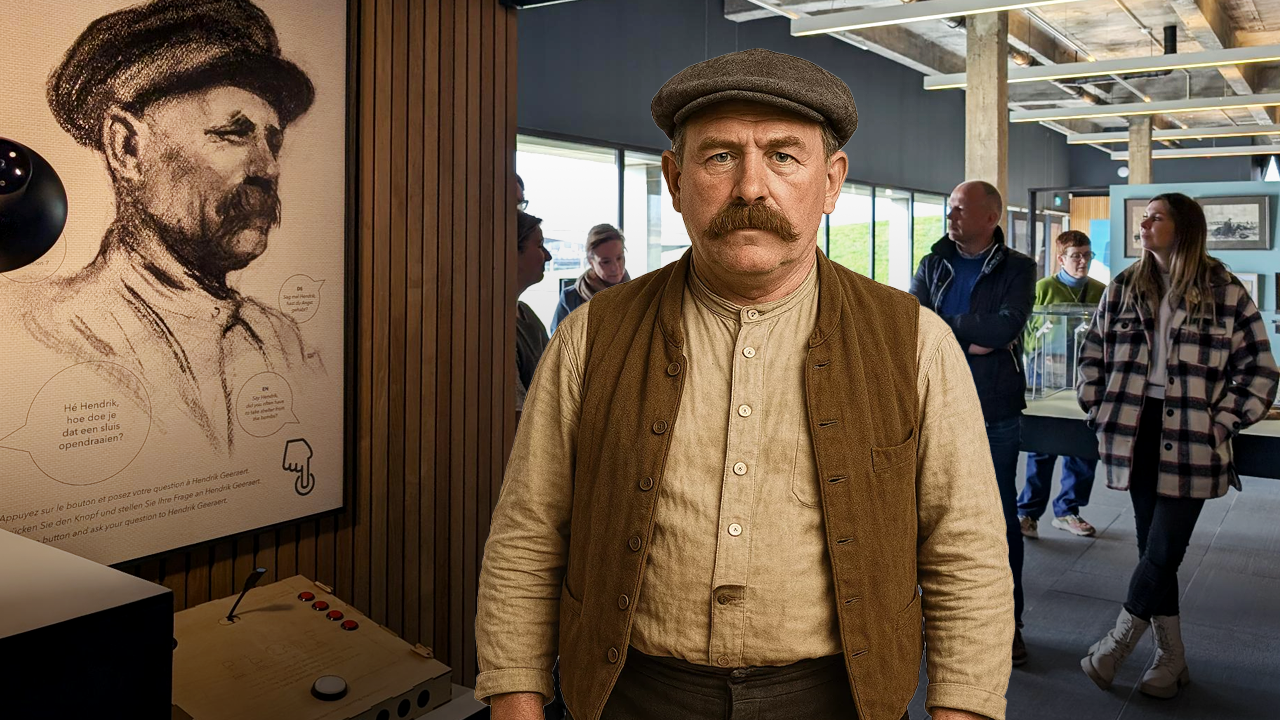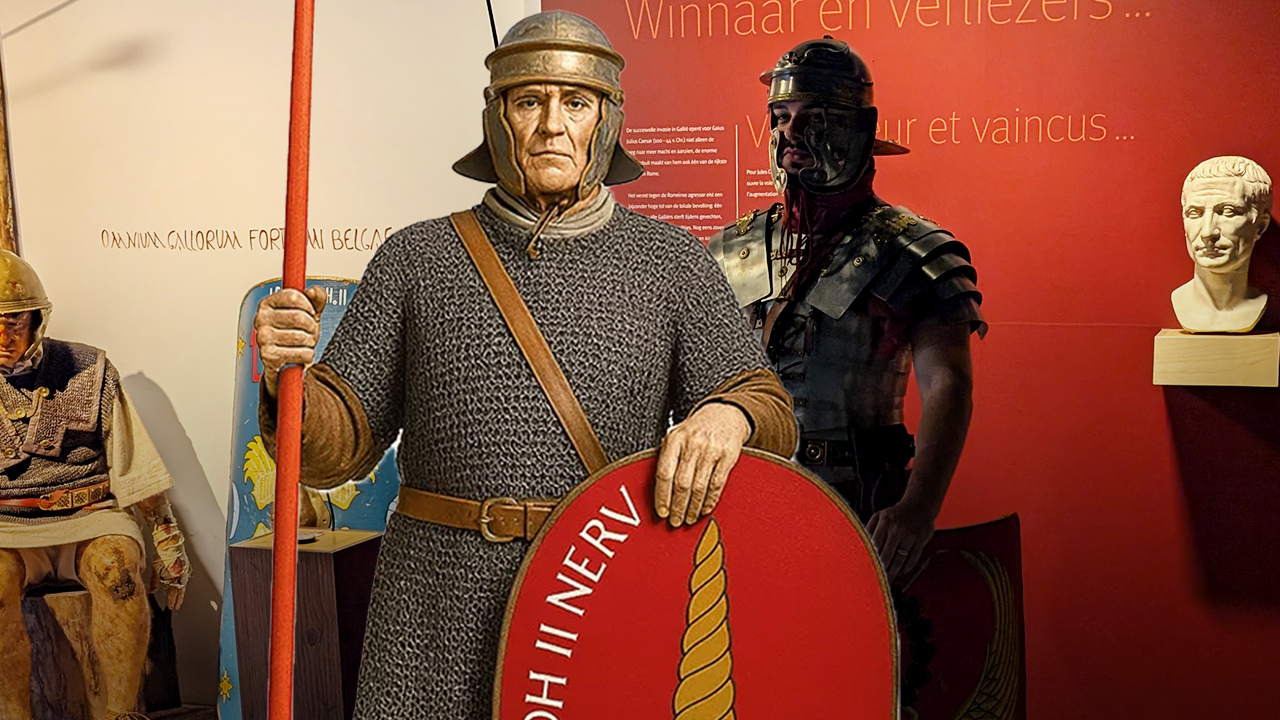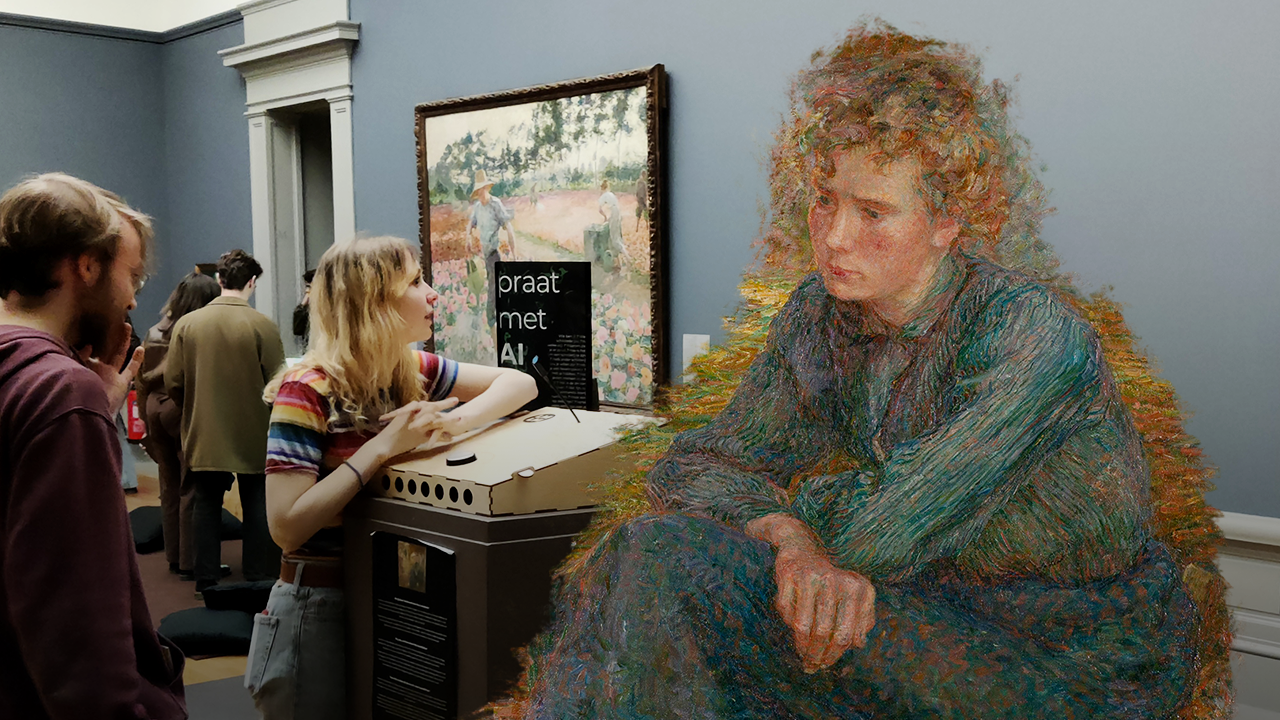Transfer Learning: A Comprehensive Guide
Transfer learning (TL) has become an indispensable tool in the world of machine learning, especially for deep learning applications like Convolutional Neural Networks (CNNs). This groundbreaking technique has revolutionized the way we develop and train models, enabling faster, more accurate, and cost-effective results. This article dives deep into the world of transfer learning, providing an in-depth look at its types, objectives, and how it compares to active learning.
Decoding Transfer Learning in CNNs
To understand TL in the context of CNNs, we first need to grasp the basics of these networks. CNNs are a class of deep learning models specifically designed to process and analyze grid-like data, such as images, where spatial relationships between the data points are essential. These networks excel at tasks like object recognition, image classification, and segmentation.
TL is a technique that leverages pre-trained models to solve new, related problems. It involves reusing knowledge acquired from training one model (the source task) to improve performance on another, often similar, task (the target task). In CNNs, transfer learning takes advantage of the fact that lower-level layers in the network learn general features like edges and textures, which are applicable to many different tasks. By reusing these learned features, transfer learning reduces the time and resources required to train a new model from scratch.

Exploring the Types of Transfer Learning
TL is not a one-size-fits-all approach. It can be tailored to specific scenarios, depending on the similarity between the source and target tasks and the availability of labeled data. There are three main types of transfer learning:
Inductive
In this scenario, the source and target tasks share the same input space but have different output spaces. The idea is to learn a general representation of the input space that can be fine-tuned for the target task. For example, a pre-trained model for recognizing animals can be adapted to recognize different types of vehicles.
Transductive
Here, the source and target tasks share the same output space but have different input spaces. The goal is to adapt the model to a new input space while retaining its ability to predict the correct outputs. For instance, a model trained to classify text sentiment in English can be adapted to classify sentiment in Spanish.
Unsupervised
In this type, the source and target tasks are entirely unrelated, but the model’s knowledge can still be leveraged to improve performance on the target task. This is often done by reusing the learned representations and employing unsupervised learning techniques like clustering or dimensionality reduction.
Let’s talk!
If our project resonates with you and you see potential for a collaboration, we would 💙 to hear from you.
Unveiling the Objectives of Transfer Learning
TL is an incredibly powerful technique that offers numerous benefits. Its primary objectives include:
Accelerating Training
By reusing knowledge from a pre-trained model, TL significantly reduces the time and computational resources required to train a new model.
Overcoming Data Scarcity
In many real-world scenarios, acquiring labeled data can be expensive and time-consuming. TL allows us to leverage knowledge from related tasks with abundant data to improve performance on tasks with limited data.
Improving Generalization
Transfer learning can help models generalize better, especially when the source task provides useful insights or features that can be leveraged for the target task.
Reducing Overfitting
When training data is scarce, models are prone to overfitting, which means they perform well on the training data but poorly on new, unseen data. TL can help mitigate this issue by incorporating knowledge from other tasks, leading to a more robust model.

Active Learning vs. Transfer Learning
Active learning and TL are both powerful techniques in machine learning that aim to optimize the learning process. However, they have distinct differences and applications:
Purpose
Active learning focuses on selecting the most informative samples from the available data to query for labels, thereby improving model performance with minimal labeling effort.
In contrast, transfer learning leverages knowledge from a pre-trained model to improve performance on a related task without requiring additional labeled data.
Data Utilization
Active learning is a data-efficient approach that aims to make the best use of available data by focusing on the most informative samples.
Transfer learning, on the other hand, is more concerned with reusing knowledge from one task to enhance performance on another task.
Learning Process
In active learning, the model actively queries an oracle (such as a human annotator) for labels of the most informative samples, while the model is being trained.
In transfer learning, the model reuses knowledge from a pre-trained model, and the learning process does not require interaction with an oracle.
Applicability
Active learning is most suitable for situations where labeled data is scarce, and obtaining labels is costly or time-consuming.
Transfer learning is more applicable when there is a related pre-trained model available that can be fine-tuned or adapted for the target task.
Let’s talk!
If our project resonates with you and you see potential for a collaboration, we would 💙 to hear from you.
Real-World Examples
TL has been successfully applied in various domains, showcasing its versatility and effectiveness. Some real-world examples include:
Image Classification
Transfer learning has been widely used in image classification tasks, where pre-trained models like VGG, ResNet, or Inception are fine-tuned to recognize new object classes. For instance, a model trained on ImageNet (a large dataset with millions of images and thousands of classes) can be adapted to classify specific types of plants or animals.
Natural Language Processing (NLP)
In NLP, TL has revolutionized the field with models like BERT, GPT, and RoBERTa. These models are pre-trained on massive text corpora and can be fine-tuned for various tasks, such as sentiment analysis, named entity recognition, or machine translation.
Autonomous Vehicles
Transfer learning is employed in the development of self-driving cars, where models trained on simulated environments or datasets can be adapted to handle real-world driving scenarios.
Healthcare
In medical imaging, TL is used to improve the performance of models for tasks like tumor detection, organ segmentation, or disease classification. A model pre-trained on a general dataset of medical images can be fine-tuned for specific imaging modalities or diseases.
Conclusion
Transfer learning has emerged as a game-changer in the world of deep learning, empowering researchers and developers to create more efficient, accurate, and robust models. By reusing knowledge from pre-trained models, TL accelerates training, overcomes data scarcity, and enhances generalization. With its wide applicability and promising results, transfer learning continues to push the boundaries of what’s possible in machine learning and artificial intelligence.

Keep reading
How to create Mortal Kombat with AI characters video
The process detailing on how to make a Mortal Kombat…
Read More




